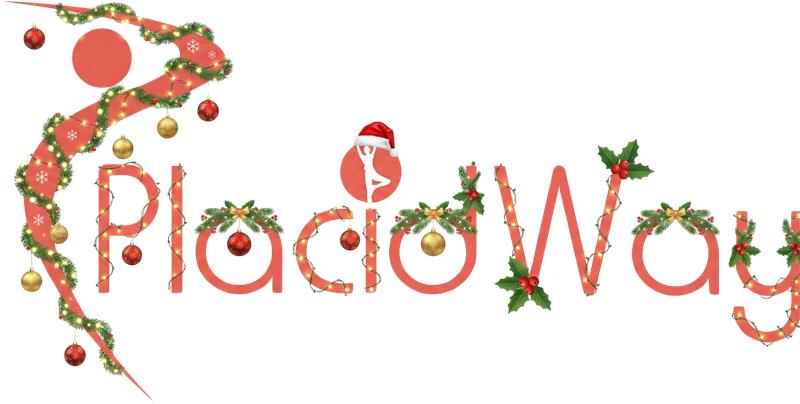Average Cost of Upper Blepharoplasty in Korea

This guide will provide detailed answers to all your important questions, from financial aspects to recovery expectations and choosing the right clinic. We understand that undergoing any surgical procedure, especially abroad, involves careful planning and consideration. Our goal is to equip you with comprehensive information so you feel confident and prepared. Let's dive into the specifics of upper blepharoplasty costs in Korea and what makes it a preferred destination for many seeking refreshed, brighter eyes.
What factors determine the cost of eyelid surgery in Korea?
The price of upper blepharoplasty in Korea is not a fixed number; it's influenced by several key elements that contribute to the overall value and quality of the procedure. Understanding these factors can help you anticipate expenses and choose a clinic that aligns with your budget and expectations.
The cost of upper blepharoplasty in Korea is determined by several factors: the clinic's reputation and location (with prestigious Seoul clinics often charging more due to high overheads and state-of-the-art facilities), the surgeon's experience and expertise (renowned specialists command premium fees for their skill and consistent success rates), the complexity of the individual case (ranging from minimal skin removal to involved correction of muscle laxity), the type of anesthesia used (local with sedation being less costly than general anesthesia), and the inclusiveness of the post-operative care package (which may cover multiple follow-up visits and specialized recovery treatments).
How long is the recovery period after upper blepharoplasty in Korea?
Understanding the recovery timeline is crucial for planning your trip and managing expectations after upper blepharoplasty in Korea. While the surgery itself is relatively quick, the healing process requires patience.
Immediately after the procedure, you can expect some swelling, bruising, and possibly mild discomfort around the eyes. Most clinics will apply cold compresses and provide instructions for pain management. It's important to keep your head elevated and avoid strenuous activities during this initial phase to minimize swelling.
What should I consider when choosing a clinic for upper blepharoplasty in Korea?
Selecting the right clinic and surgeon for your upper blepharoplasty in Korea is paramount to achieving satisfactory and safe results. With numerous options available, especially in Seoul's bustling plastic surgery districts, thorough research is essential.
Begin by focusing on the surgeon's credentials and experience. Look for board-certified plastic surgeons who specialize specifically in eyelid surgery and have a proven track record of successful upper blepharoplasty procedures. Reviewing their before-and-after photos can give you an idea of their aesthetic style and the quality of their work.
Asking these questions will help ensure clarity, reduce anxiety, and prepare you thoroughly for your upper blepharoplasty in Korea, leading to a safer and more satisfying experience.
Ready to explore your options for upper blepharoplasty or other medical treatments? Visit PlacidWay to connect with world-class clinics and find personalized healthcare solutions.


.png)







.png)



.png)


Share this listing